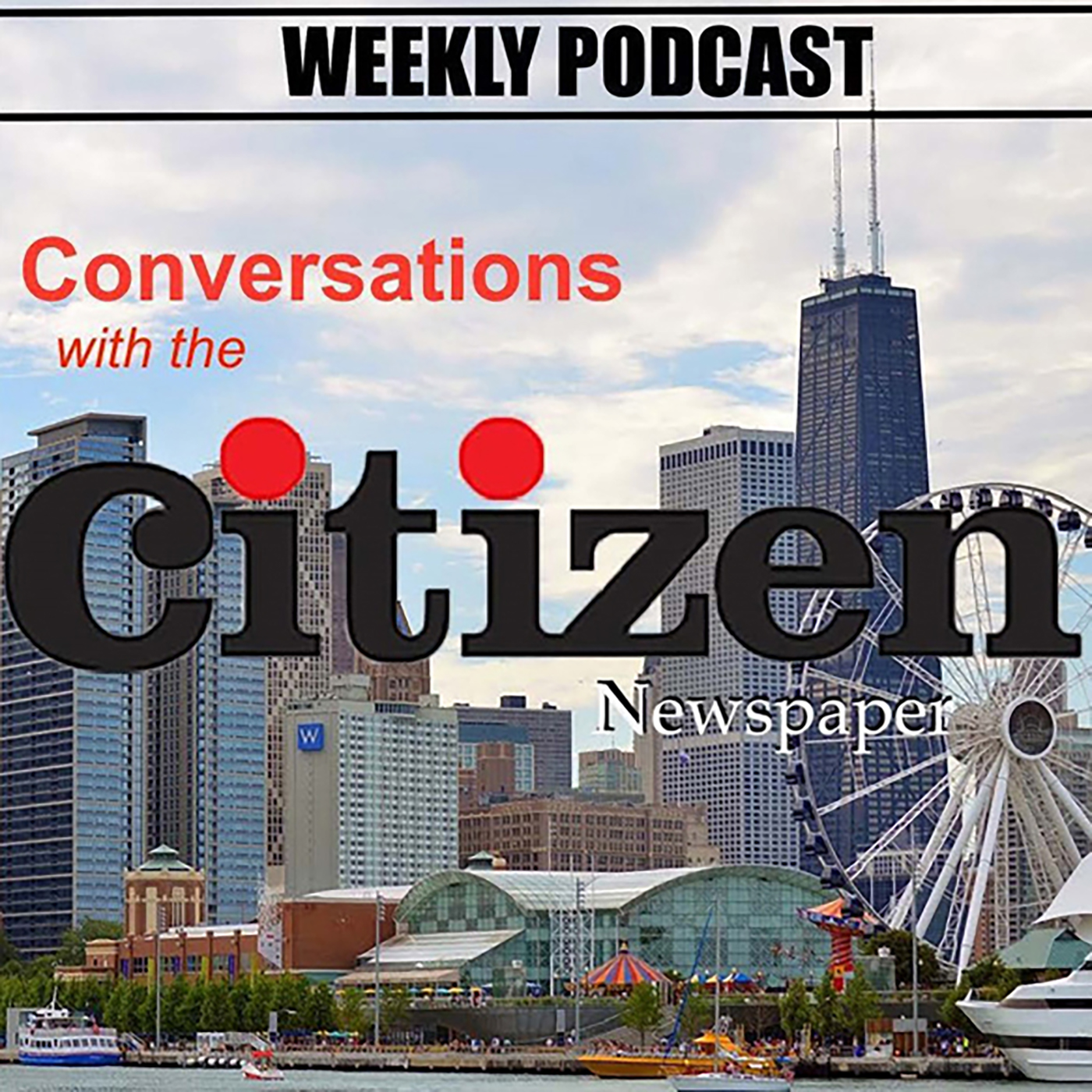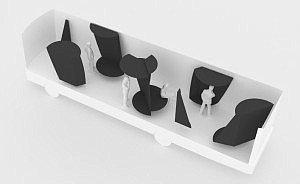UIC Mobile Art Gallery Coming Soon to a Neighborhood Near You
Thanks to a $20,000 National Endowment for the Arts (NEA) grant, professors at the University of Illinois at Chicago (UIC) are in the beginning stages of creating a "mobile history museum in an effort to deliver art exhibits and other information to Chicagoans who are less likely to visit local cultural institutions and museums.
"History Moves is a space for enacting a project of collecting and displaying Chicago's history," says Jennifer Brier, UIC associate professor of gender and women's studies and history, the project's lead investigator. "It allows for a direct relationship between interdisciplinary scholars at UIC, community co-curators and the neighborhoods they inhabit."
The grant will be used towards the design and development stage of the mobile gallery.
Community involvement will play a big role at every stage of the gallery's development, Brier said. "While there are numerous mobile museums in the United States, none of them make non-professionals central to the work of making public history," she said.
Prior to the project's public launch, which is a few years away, a team of historians, architects, graphic designers, and museum professionals from UIC will develop a full-scale model display system and floor plan for testing by focus groups.
The final product of this first phase will be construction documents for the design of one prototype gallery.
The gallery, which aims to increase the visibility of community-based organizations, will feature a flexible interior design.
Early concepts of the layout allow for "changing spatial configurations that are vibrant and physically engaging," according to Julie Flohr, clinical assistant professor of architecture and lead architect for the project.
"Artifacts, graphics and digital technologies are carefully woven together in order to best present each curatorial project," Flohr said.
Developers' long-term plan is to present exhibitions for a seven-month period in various communities.
During that time, the mobile museum will reside in accessible public spaces such as library, school or park district parking lots.
Public programming associated with the exhibit will take place outside the mobile museum or in nearby publicly accessible space.
Sharon Haar, professor of architecture, who consulted on the initial design and urban strategy of the project, said the community co-curated exhibitions will travel throughout the city, drawing in new audiences and "crossing the social, cultural, racial and economic barriers that are reinforced by brick-and-mortar institutions."
UIC was among 817 nonprofit organizations nationwide to receive a 2013 NEA Art Works grant, which were awarded in support of projects in 13 artistic disciplines.
The NEA was established by Congress in 1965 as an independent agency of the federal government and has awarded over $4 billion to support artistic excellence, creativity, and innovation for the benefit of individuals and communities. The NEA extends its work through partnerships with state arts agencies, local leaders, other federal agencies, and the philanthropic sector, according to its website.
Community partners for History Moves include the Immigrant Youth Justice League, South Side Community Arts Center, Chicago Cultural Alliance, Chicago Freedom School and Read/Write Library.
Additional UIC partners are the Jane Addams Hull-House Museum and the Institute for Policy and Civic Engagement, which also provided seed funding.
Professors will seek additional funding to implement the final phase of the project.
By Deborah Bayliss
Latest Stories
- ISBE and Lurie Children’s Launch Free, Data-Informed Resilience-Supportive Schools Illinois Initiative to Strengthen Student Mental Health and Resilience in All Schools
- Alzheimer’s Association Illinois Chapter Strengthens Commitment to Health Equity Through Diversity and Inclusion Initiatives
- Actress Draws From Life Experiences For Music And Acting Preparation
- Former Journalist’s Fragrance Company Promotes Self Care
- Doctors Provide Information About Resources For Women Experiencing Menopause
Latest Podcast
STARR Community Services International, Inc.

